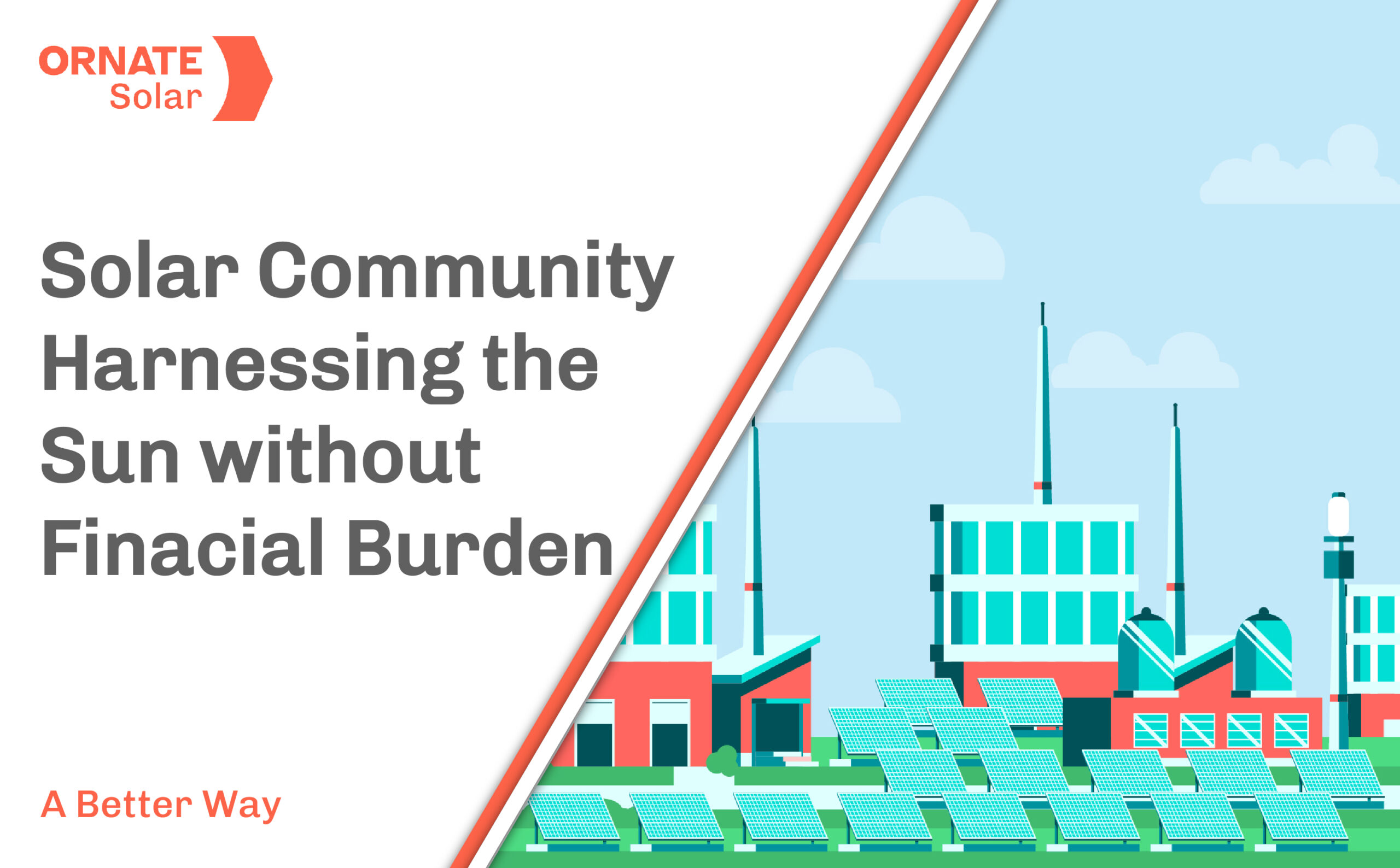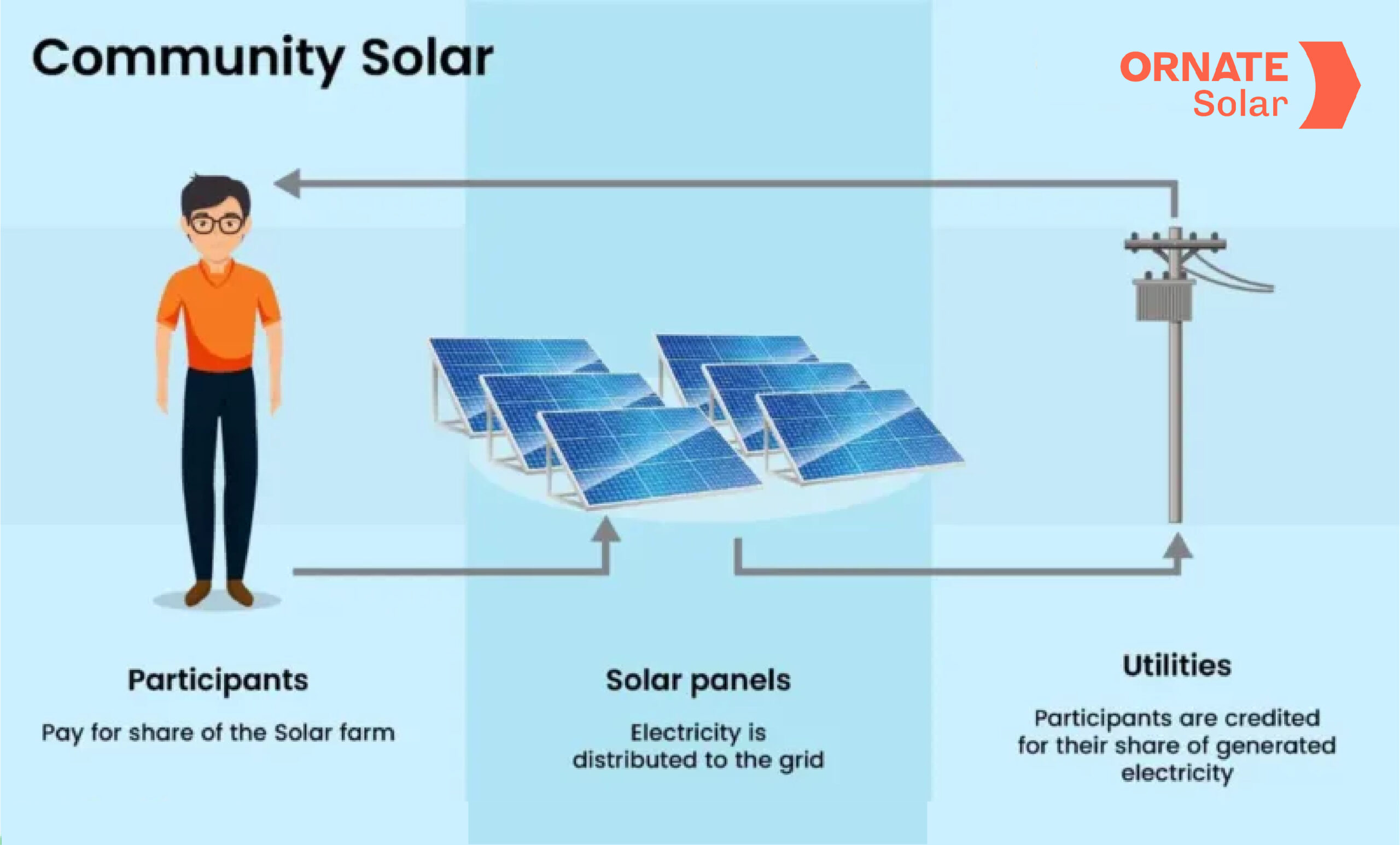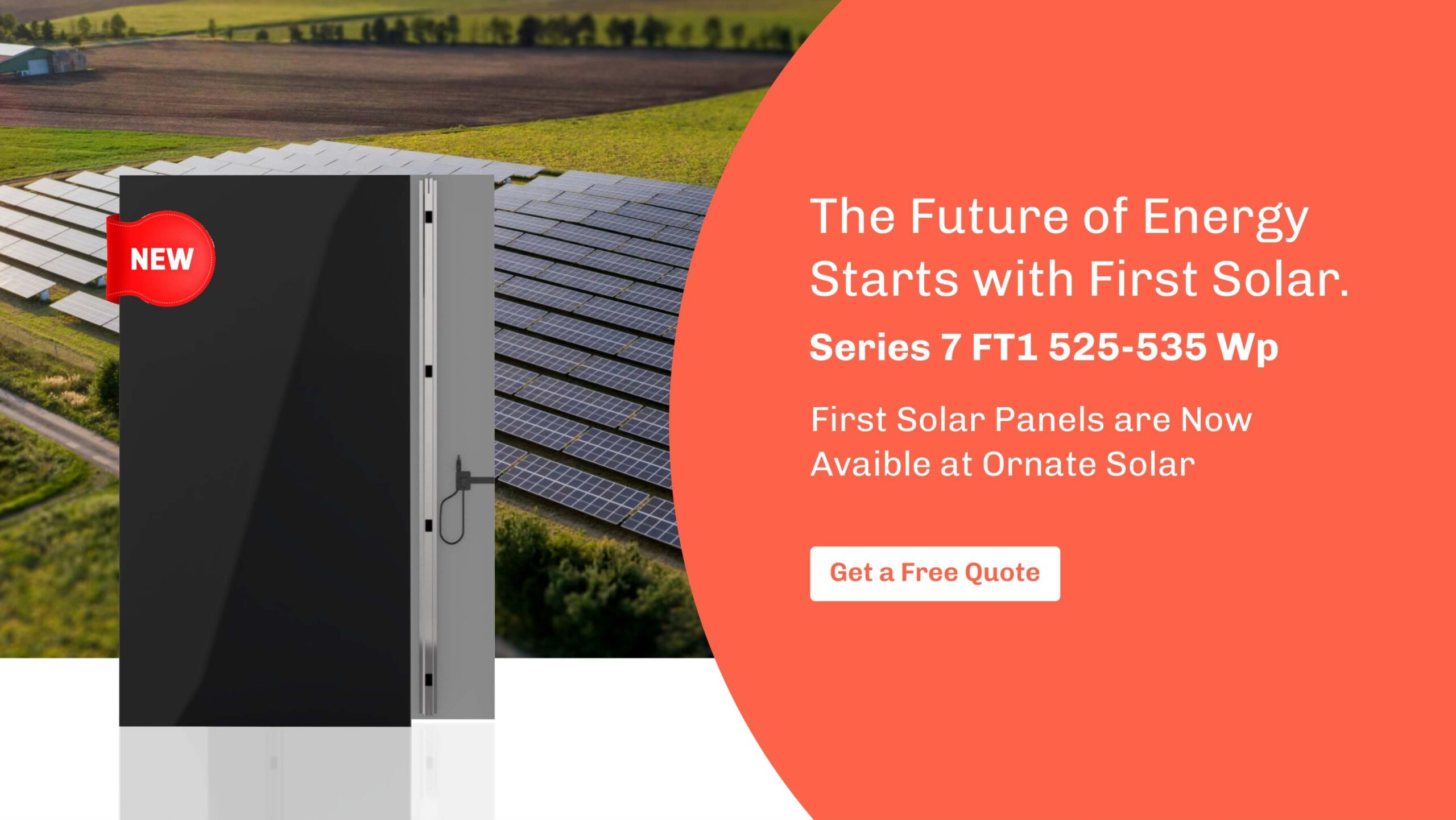

Electricity tariffs are rising. The recent ₹2.89/unit price hike in Karnataka is a prime example of this. In this scenario, clean energy resources like solar have become attractive to consumers from all segments.
But, what if you don’t have the space or upfront investment to set up a solar plant? Is there still a way to benefit from this resource?
Yes. Community Solar is the answer!
What is Community Solar?
Imagine a scenario where you can invest in a solar project as a community. Instead of one person setting up a solar plant on their rooftop, a group of people pool in resources for an off-site solar installation.
The generated energy gets added to the grid and the members enjoy a reduction in their electricity bill based on their investment.
This is community solar.
The benefit of the model is transferred to the end customer through a process called Virtual Net Metering. Remember in net metering, the consumer gets credits for the amount of energy they send to the grid. In VNM too, a community solar member will get credits for the energy that their portion of the project adds to the grid.
The solar plant will be located off-site and is often developed by RESCO (Renewable Energy Service Company).

This new type of installation is ideal for renters or apartment owners and those people who live in societies. Anyone who does not have the roof space to mount panels, but wants to switch to clean energy.
Moreover, if a consumer does not have the capital to make a giant investment, they can subscribe to a portion of energy being generated in the farms. This brings us to the two primary ways consumers can invest in this model.
Types of Community Solar
1. Ownership Model
This type of community solar model allows consumers to either buy the panels or invest in a part of the community solar farm. If you are opting for the ownership model, you can also explore financing options to pay for your portion.
At the end of the month, the utility company will compensate you for the energy that your panels/ portion generates.
2. Subscription Model
With subscription models, there is no need to own the panels. You can subscribe to a community solar project, and pay for the amount of electricity you draw.
The price of this clean energy is lower than the grid tariff. Consumers can save anywhere between 5-15% on their monthly electricity bills.
What are the Benefits of Community Solar?
1. Reduced Financial Burden
Unlike traditional solar installations, the community solar model does not need upfront capital. Rather, several people share the financial burden.
In the ownership model, you can get your portion of the installation financed through a loan. And in the subscription model, you pay for the energy you consume
2. Electricity Cost Saving
Since solar is cheaper than fossil fuel-based electricity, this technology is cost-effective. And buying solar power from community solar farms will not affect this benefit.
Also, the independent generation of energy will protect you against all electricity price hikes in the future.
3. Zero Space Requirement
Conventional solar installations get limited by space. A 1kW solar plant requires approx. 90-100 sq. ft of shadow-free area for optimum generation. Most People don’t have access to such space.
Further, if your power needs rise, it is difficult to expand the solar capacity.
Since plants are mounted on large grounds offsite in community solar, scalability never becomes an issue. You can always deploy more panels as the need arises or buy a bigger portion of the energy generated.
4. Environmentally friendly solution
Energy is one of the biggest contributors to carbon emissions in the world right now. And due to excessive demand and the effects of global warming, traditionally generated electricity around the world is becoming unreliable.
Switching to a locally generated, clean source of energy will help you reduce your carbon footprint and contribute to a sustainable future.
5. Increased Grid Stability
Mega-watt scale community farms add the generated power directly to the grid. This helps reduce the stress on the power infrastructure and improve grid stability.
In areas where fossil fuel generation is low, the addition of solar energy is exceptionally beneficial. Moreover, such projects help the state meet its renewable energy goals.
Community Solar in India
A country where community solar projects have been a success is the US. The government has implemented such projects in over 39 states of the country.
But in India, the idea is still new. While there are projects scattered across the country, it has not been widely adopted. The Indian government has also not defined the guidelines for the same.
However, the idea of collectively setting up a solar project and sharing the benefits is slowly gaining ground. In the recently approved draft solar policy of Delhi, the state government encourages the adoption of solar technology through innovative models like Community Solar and Hybrid RESCO.
Moreover, many states and UTs have provisions for Virtual Net Metering. This includes Goa, Delhi, Odisha, Chandigarh, Pondicherry, and Jammu Kashmir among others.
India has a large population of renting households and apartment dwellers. Thus, the scope of the community solar model is incredibly high. In the coming, it is not difficult to imagine that setting up community solar projects will become one of the most popular ways of adopting solar in India!
Also Read:
About Ornate Solar
Ornate Solar is one of the leading solar companies in India with over 8 years of experience in the industry. We have partnered with the best-in-class global solar brands to provide you with a trustable, affordable, and reliable range of solar panels, inverters, and solar accessories.
We have also developed India’s first Integrated InRoof system. Ornate InRoof is a roof made out of solar panels, which is leak-proof and looks aesthetically pleasing.
If you are exploring solar solutions, reach out to us at 011 43536666 to discuss your options.














Leave A Comment